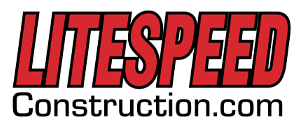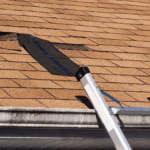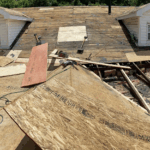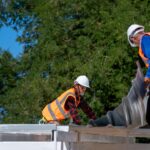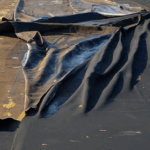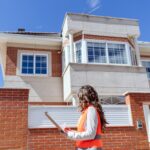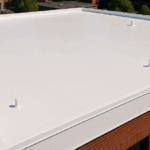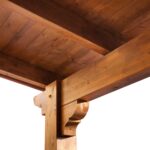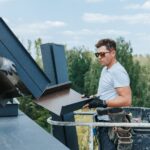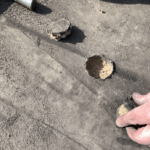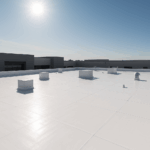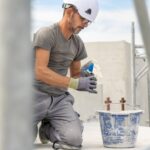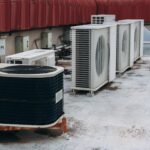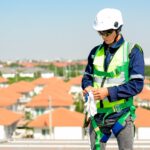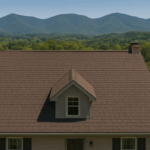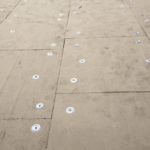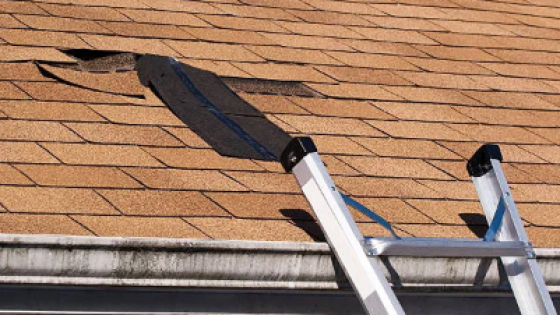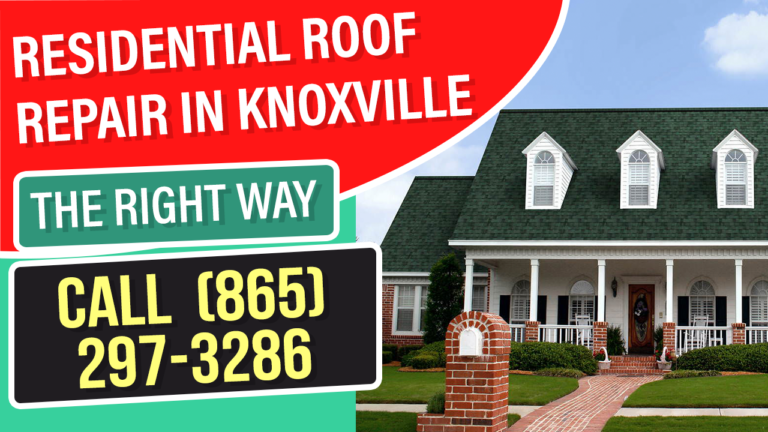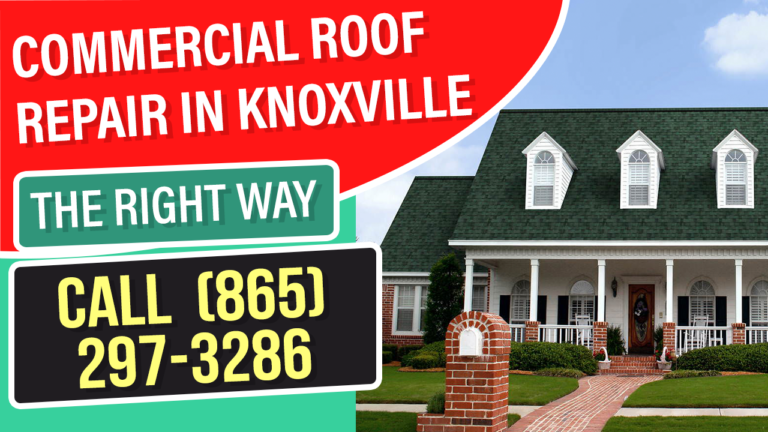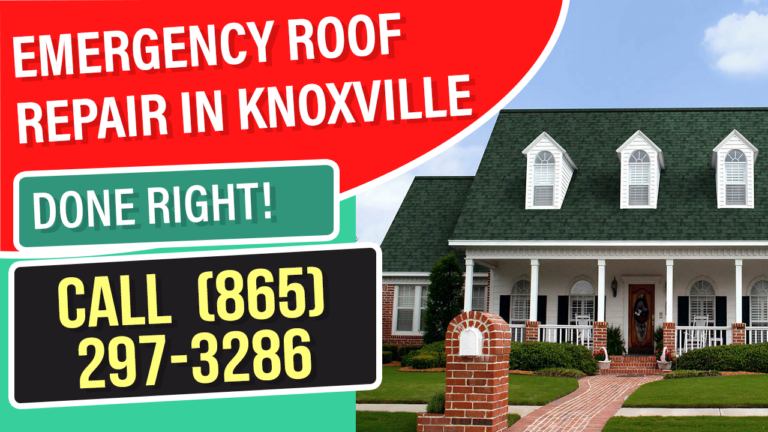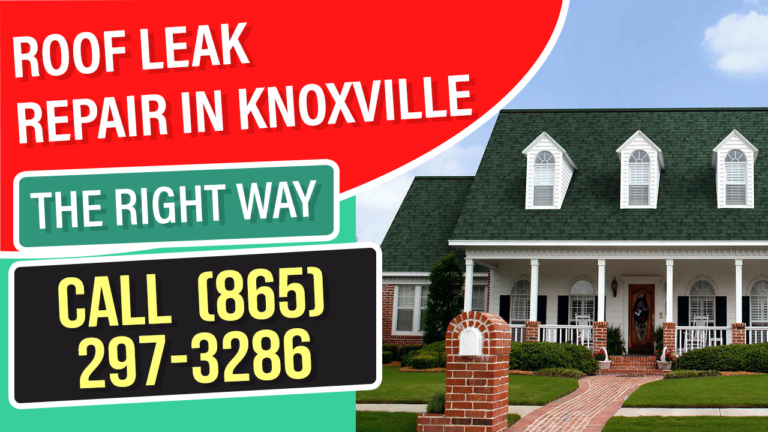In today’s world of rising energy costs and a growing focus on sustainability, commercial property owners are looking for long-term solutions that reduce operating expenses and environmental impact. One such solution? Reflective Commercial Roofing. More than just a trend, reflective roofing is becoming an essential strategy for reducing building heat absorption and significantly cutting down on energy usage.
At Litespeed Construction, Knoxville’s trusted commercial roofing experts, we’ve seen firsthand how reflective commercial roofing transforms facilities—delivering measurable benefits in efficiency, comfort, and cost. But what exactly makes reflective commercial roofing a smart investment for building owners?
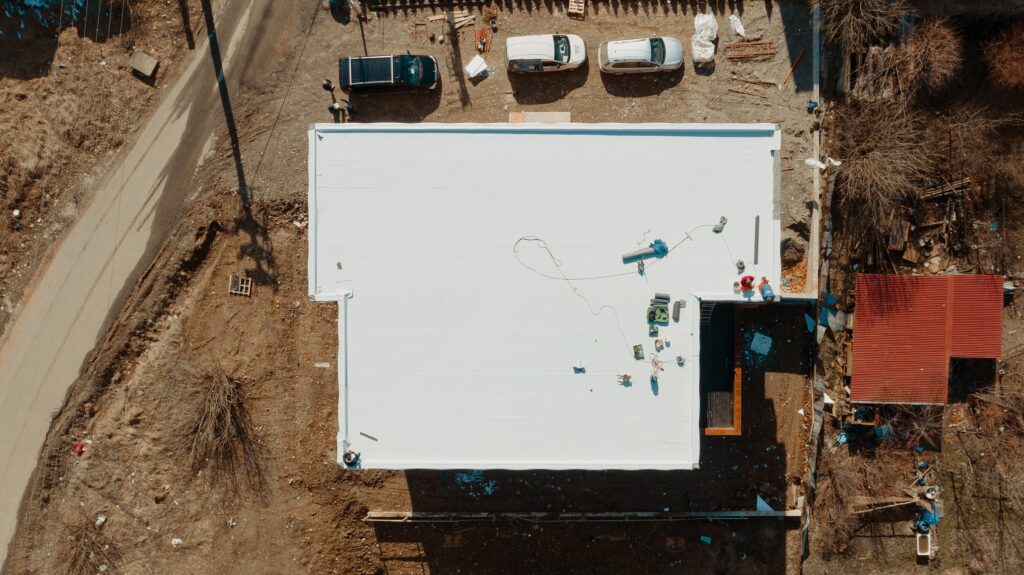
Key Takeaways
💡Reflective commercial roofing can reduce roof surface temperatures by up to 50°F
💡Property owners can see annual HVAC savings of 7–15% or more
💡Reflective roofs extend roof lifespan by reducing thermal stress and UV damage.
💡These systems qualify for green building certifications like LEED and contribute to sustainability goals.
What is Reflective Commercial Roofing?
Reflective commercial roofing refers to roofing materials that are designed to reflect more sunlight and absorb less heat than standard roofing. These roofs are typically white or light-colored and are made from materials like:
- TPO (Thermoplastic Olefin)
- PVC (Polyvinyl Chloride)
- White EPDM (Ethylene Propylene Diene Monomer)
- Cool Roof Coatings (elastomeric or acrylic coatings)
The key feature of these materials is their high solar reflectance and thermal emittance, meaning they reflect solar radiation and release absorbed heat more efficiently.
Why Does This Matter in Knoxville, TN?
In Knoxville’s humid subtropical climate—where summer highs frequently exceed 90°F—reducing heat gain through the roof is crucial for lowering cooling costs and preventing thermal wear on your roofing system.
The Energy Efficiency Benefits
📉 Reduced Cooling Costs
According to the U.S. Department of Energy, reflective roofs can lower roof surface temperatures by up to 50°F. This translates to less heat entering the building, significantly reducing the need for air conditioning.
Cooling Cost Reduction Statistics:
| Metric | Standard Roof | Reflective Roof | Source |
|---|---|---|---|
| Average Surface Temperature | 150°F | 100°F | DOE |
| HVAC Energy Savings | 0% | 7-15% annually | EPA |
| Peak Energy Demand Reduction | — | 10-30% | ENERGY STAR |
“Cool roofs can save building owners up to 15% in energy costs annually.” — ENERGY STAR
Environmental Impact & Sustainability
🌱 Lower Carbon Footprint
Reduced energy consumption = fewer fossil fuels burned. This directly leads to lower greenhouse gas emissions.
- A study by the Lawrence Berkeley National Laboratory found that if all urban roofs were reflective, cities could cool by up to 2°F, reducing the urban heat island effect.
- Reflective roofing contributes toward LEED points and supports ENERGY STAR® building goals.
♻️ Recyclable Materials
Many reflective roofing materials like TPO and PVC are recyclable at end-of-life, making them a sustainable option compared to asphalt or tar roofing.
Durability & Longevity
Reflective commercial roofing not only reduces energy costs but also:
- Extends roof lifespan by reducing UV damage and thermal cycling.
- Lowers maintenance costs due to reduced cracking and degradation.
- Offers resistance to chemicals, punctures, and weather, especially in commercial flat roof applications.
Roofing Longevity Comparison
| Roofing Type | Lifespan (Years) | Reflective? | Maintenance Cost Savings |
|---|---|---|---|
| TPO Reflective | 20–30 | ✅ Yes | Up to 30% |
| Built-Up Asphalt | 10–20 | ❌ No | N/A |
| Modified Bitumen | 15–25 | ❌ No | N/A |
| PVC Reflective | 20–30 | ✅ Yes | Up to 25% |
Cost Savings & ROI
While the initial installation of reflective commercial roofing might cost slightly more (typically $1.50–$3.00/sq. ft. more than non-reflective options), the long-term savings quickly outweigh the upfront cost.
Return on Investment (ROI)
- Payback period: 3–7 years
- Energy savings: $0.10–$0.30 per square foot annually
- Maintenance reduction: Lower annual service costs due to decreased material degradation
“Cool roofs typically have a payback period under 5 years, especially in hot climates.” — U.S. Environmental Protection Agency
Reflective Commercial Roofing in Action: Knoxville Success Stories
At Litespeed Construction, we’ve helped dozens of commercial property owners in Knoxville transition to reflective roofing systems with great success:
- A 40,000 sq. ft. retail center saw a 12% reduction in energy bills after switching to TPO reflective roofing.
- A local warehouse qualified for a $5,000 utility rebate and received LEED credits after upgrading its flat roof.
- A university campus building reported improved occupant comfort and reduced rooftop temperatures by over 45°F during peak summer.
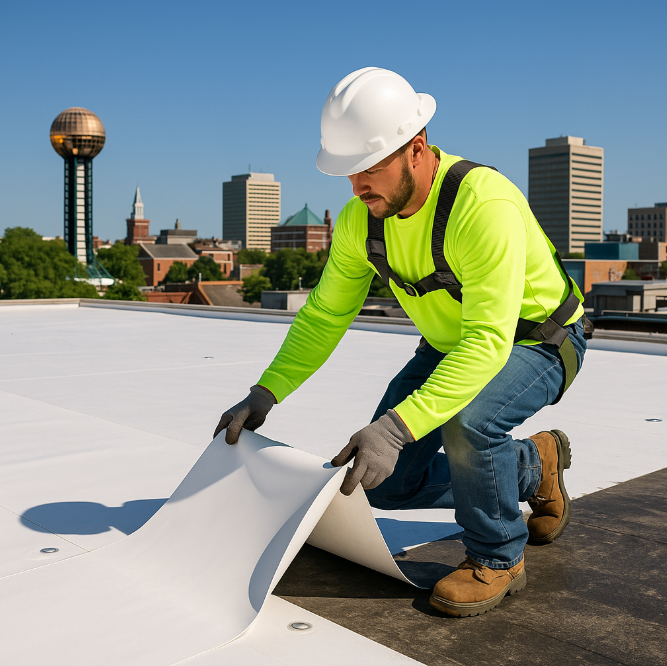
Pros and Cons of Reflective Commercial Roofing
| Pros | Cons |
|---|---|
| ✅ Significant energy savings | ⛔ Slightly higher upfront cost |
| ✅ Extends roof lifespan | ⛔ May not be suitable for all climates |
| ✅ Improves indoor comfort | ⛔ Dirt buildup may reduce reflectivity over time |
| ✅ Eligible for energy rebates and incentives | ⛔ Professional installation required for best results |
| ✅ Environmentally friendly & recyclable |
Web Ratings of Popular Reflective Roofing Systems
| Roofing System | Rating (Out of 5) | Customer Feedback Summary |
|---|---|---|
| TPO Roofing | ⭐⭐⭐⭐⭐ (4.8) | Excellent energy savings and durability |
| PVC Roofing | ⭐⭐⭐⭐☆ (4.5) | Strong chemical resistance and reflective properties |
| Reflective Coatings | ⭐⭐⭐⭐☆ (4.3) | Affordable and easy to apply |
| White EPDM Roofing | ⭐⭐⭐⭐☆ (4.2) | Good performance, slightly less reflective than TPO |
FAQs About Reflective Commercial Roofing
Reflective roofing reflects sunlight and heat, reducing interior temperatures and energy use. Traditional roofing absorbs heat, increasing cooling needs.
Yes. The energy savings, increased lifespan, and reduced maintenance costs usually offset the initial investment within 3–7 years.
Yes. Many utility providers and states offer rebates or incentives for ENERGY STAR-rated reflective roofing.
Minimal maintenance is required, though regular cleaning ensures optimal reflectivity and performance.
In many cases, yes. TPO or PVC systems can be retrofitted, though it depends on the existing roof condition.
Hot, sunny climates like Knoxville’s benefit most. However, even in cooler climates, reflective roofing can still reduce peak energy demand.
Yes. While white is most reflective, light gray, tan, and other colors can still offer significant reflectivity.
Absolutely. Reflective roofs can improve the efficiency of solar panels by reducing surrounding heat.
Installation times vary, but a standard 20,000 sq. ft. roof takes about 1–2 weeks depending on complexity.
Ready to Cut Your Energy Costs?
Litespeed Construction is Knoxville’s trusted name in commercial roofing. With decades of experience, ENERGY STAR-rated materials, and expert installation crews, we help property owners save money, extend roof lifespan, and meet sustainability goals.
📞 Call us today at (865) 297-3286 for a free commercial roof inspection and estimate.
